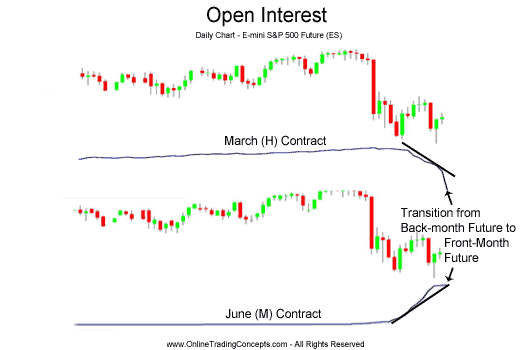How to Forecast Futures Prices Using Open Interest
Post on: 25 Май, 2015 No Comment

Published June 7, 2012 | By Marisol
How to Forecast Futures Prices With Open Interest (Click To Enlarge)
Many people enroll in my futures trading course because of my multi decade experience in these markets, Not just as a researcher but also as a trader. It is pretty rare that a really good idea comes along that not only have I not seen but is also of great aid to small speculative futures traders. from. In a recent article, Harrison Hong of Princeton shows why open interest is an excellent forecast of futures prices.
How to Forecast Futures Prices Using Open Interest
Commodity market interest is a more powerful predictor of commodity returns, bond returns, and movements in the short rate than past commodity prices or the Chicago Fed National Activity Index. Our findings have broader implications for the large macro literature on inflation forecasting. Macroeconomists have already known for some time that asset prices can be useful for forecasting inflation and output (Stock and Watson, 2003). These forecasting models generally assume that asset prices contain timely information about economic activity and inflation expectations. However, our findings suggest that asset prices initially underreact to news about economic activity and inflation expectations, which are better captured by open interest.
Our work opens up a new approach to inflation forecasting, in which commodity market interest could be used to improve the forecasting power of existing models. Our work also opens up a new approach to modeling expected returns in financial economics. Most empirical models of expected returns are premised on the notion that past prices contain all useful information for forecasting future returns, whether such predictability arises from a time-varying risk premium or limits to arbitrage. Our work shows that transaction quantities, in particular open interest in the futures market, contain information that is not fully revealed by transaction prices alone. The idea that transaction quantities could be more informative than transaction prices is entirely new and offers a richer understanding of movements in asset prices.
Access the full article here .
This is particularly helpful information for the those trading in markets undergoing high price volatility. Notice in the chart above that dramatic swings in open interest (the red line), forecast changes in the S&P futures contract.














